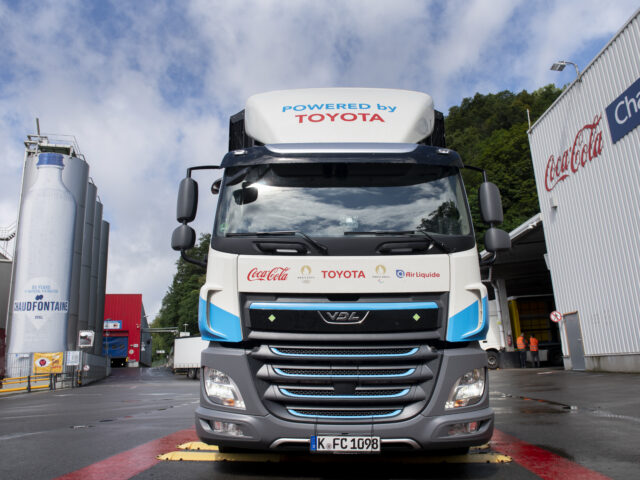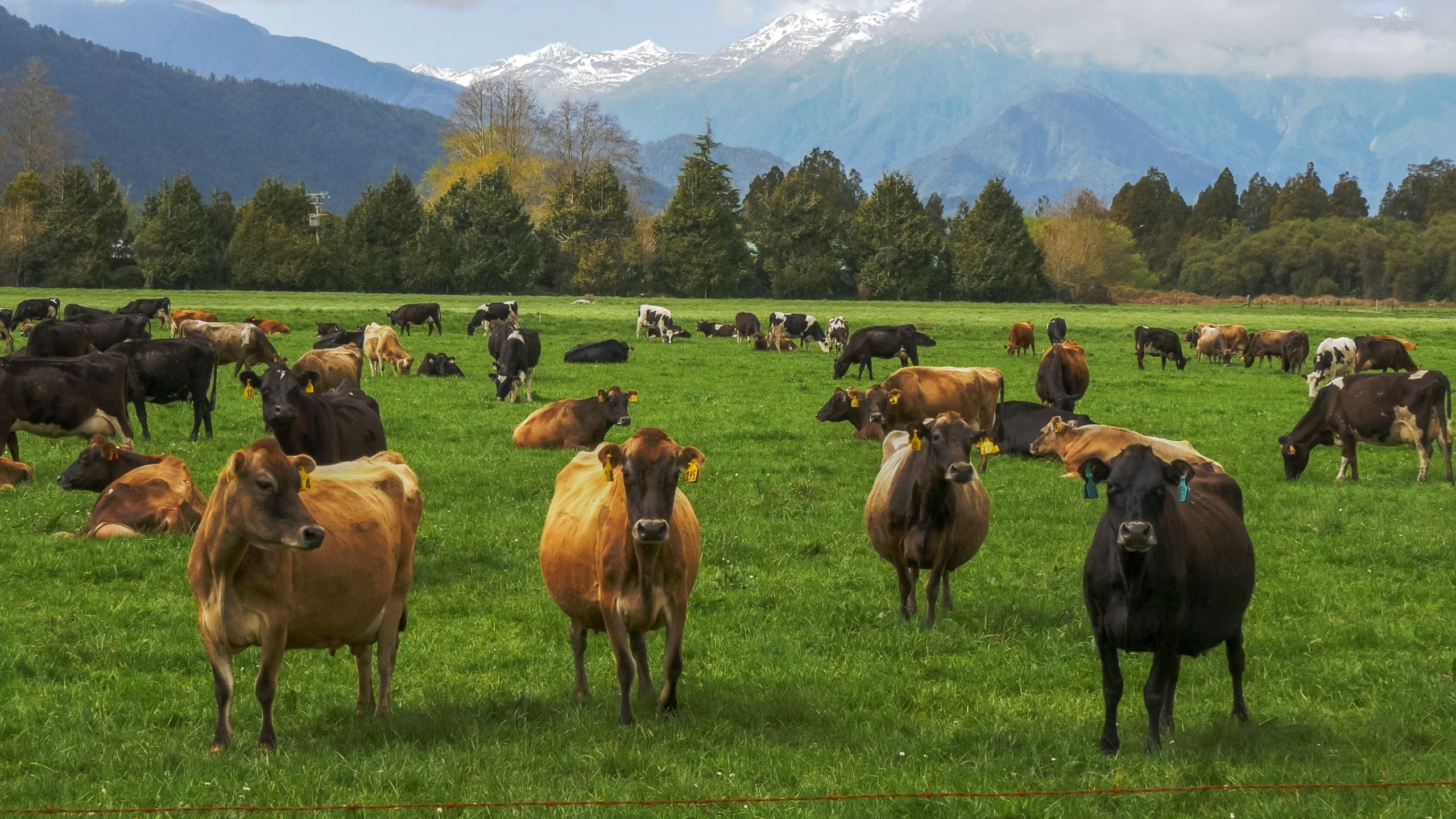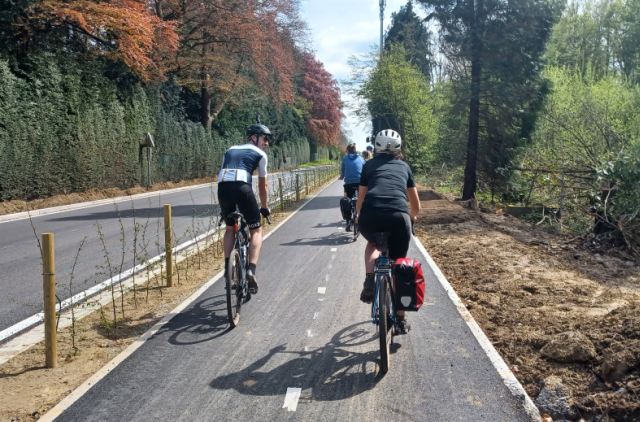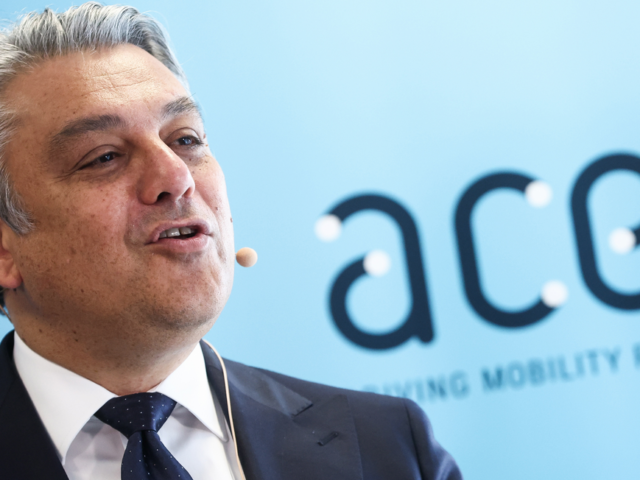
New Zealand: ‘fewer cows and more EVs to cut greenhouse gases’

A herd of dairy cows on a farm at Hokitika, New Zealand. With 6 million cows, methane emissions are a problem just like CO2 emissions /Agefotostock
New Zealand has revealed its plans to lead the island country to carbon neutrality by 2050. The country wants fewer milch cows, fewer cars w


Comments
Ready to join the conversation?
You must be an active subscriber to leave a comment.
Subscribe Today